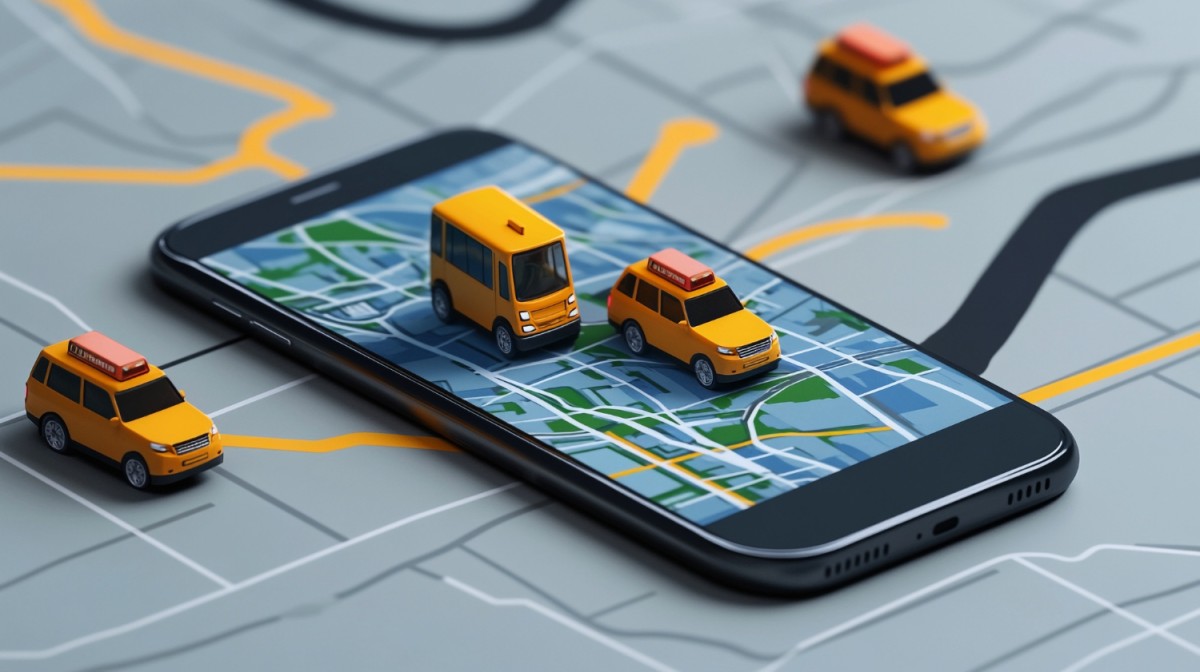The on-demand app market continues to evolve, with new innovations reshaping customer expectations and market dynamics. As we enter 2024, businesses venturing into Uber-like app development must focus on incorporating essential features to stay competitive. This blog explores the must-have features and strategies for building a robust and successful on-demand platform.
1. Intuitive User Interface (UI) and User Experience (UX)
Why It Matters
The first interaction a user has with your app sets the tone for their entire experience. A clean, intuitive, and responsive interface can enhance user retention and engagement.
Key Elements:
- Simplified Navigation: Ensure users can access essential features with minimal effort.
- Dynamic Search Bar: Enable quick and accurate searches for services.
- Consistent Branding: Reflect your brand identity through design elements.
2. Real-Time GPS Tracking
Importance in 2024
Customers expect transparency and convenience in service delivery. Real-time GPS tracking ensures users know the exact location of their service providers.
Benefits:
- Enhanced User Trust: Customers feel more secure knowing the status of their service.
- Operational Efficiency: Providers can optimize routes and reduce delays.
- Improved Communication: Minimized need for location-based queries.
Example:
Uber’s live tracking feature allows users to monitor their driver’s journey, setting a benchmark for other apps.
3. Advanced Booking Options
Meeting User Needs
Flexibility in scheduling services is a highly desirable feature in modern on-demand apps.
Features to Include:
- Scheduled Rides: Let users book rides or services in advance.
- Recurring Bookings: Ideal for regular services such as commutes or deliveries.
- Rescheduling Options: Allow users to modify their bookings effortlessly.
4. Robust Payment Integration
Secure and Flexible Transactions
A seamless and secure payment system is critical to the success of an Uber-like app.
Features to Implement:
- Multiple Payment Options: Include credit cards, digital wallets, and cash.
- One-Click Payments: Simplify the payment process for repeat users.
- Payment Splitting: A convenient feature for group services.
- Fraud Detection Mechanisms: Ensure user data and transactions are protected.
5. User and Provider Ratings and Reviews
Building Trust
Feedback mechanisms play a crucial role in maintaining service quality and trust.
Features:
- Two-Way Ratings: Both users and providers can rate each other.
- Detailed Reviews: Enable users to leave descriptive feedback.
- Automated Moderation: Use AI to filter inappropriate comments.
Benefit:
Ratings and reviews create a transparent environment, encouraging providers to deliver top-notch services.
6. AI-Driven Recommendations
Personalization in 2024
AI-powered features can significantly enhance user experience by offering personalized recommendations.
Applications:
- Service Suggestions: Recommend popular services based on user history.
- Dynamic Pricing: Adjust pricing based on demand and user behavior.
- Predictive Analytics: Analyze patterns to anticipate user needs.
7. Multi-Language and Multi-Currency Support
Expanding Global Reach
To cater to a global audience, it is essential to offer multi-language and multi-currency capabilities.
Implementation Tips:
- Localized Content: Translate content to match regional languages.
- Currency Conversion: Display prices in the user’s local currency.
- Regional Customization: Adapt services to comply with local laws and preferences.
8. In-App Chat and Support
Enhancing Communication
Effective communication channels between users, providers, and support teams are crucial.
Features:
- Real-Time Chat: Allow users to communicate with providers directly.
- Automated Chatbots: Handle common queries instantly.
- 24/7 Customer Support: Ensure help is always available.
9. Gamification Features
Driving Engagement
Adding gamification elements can boost user interaction and loyalty.
Examples:
- Reward Points: Offer points for bookings, which can be redeemed for discounts.
- Leaderboards: Showcase top users or providers.
- Challenges: Encourage frequent usage through tasks or milestones.
10. Advanced Security Features
Prioritizing Safety
As cyber threats evolve, users demand apps with strong security measures.
Must-Have Features:
- Two-Factor Authentication (2FA): Secure logins with an additional layer of verification.
- Data Encryption: Protect sensitive user information.
- SOS Button: Emergency assistance for users in distress.
Example:
Uber’s in-app safety features, such as sharing trip details with trusted contacts, set a high standard.
11. Integration with Wearable Devices
Staying Ahead
With wearable technology gaining popularity, integrating your app with these devices can enhance user convenience.
Possible Uses:
- Notifications: Alerts for ride arrivals or service updates.
- Health Monitoring: For apps in the healthcare sector.
- Quick Actions: Booking or canceling services directly from wearables.
12. Push Notifications
Keeping Users Informed
Push notifications are a vital tool for engagement and retention.
Best Practices:
- Personalized Messages: Tailor notifications based on user preferences.
- Timely Updates: Notify users about booking confirmations, arrival times, or promotions.
- Minimal Intrusion: Avoid overwhelming users with too many alerts.
13. Sustainability Features
Catering to Eco-Conscious Users
Incorporating green features can make your app more appealing to environmentally conscious users.
Ideas:
- Eco-Friendly Options: Highlight services that use electric or hybrid vehicles.
- Carbon Footprint Tracker: Show users the environmental impact of their choices.
- Incentives for Sustainability: Offer discounts for selecting greener options.
Conclusion
As the on-demand market becomes increasingly competitive, developing an Uber-like app in 2024 requires careful planning and innovation. By incorporating these essential features—from AI-driven personalization to sustainability measures—you can create an app that not only meets user expectations but also stands out in the crowded marketplace.
Staying ahead means embracing new technologies, understanding user needs, and continually optimizing your platform. With the right strategy and features, your Uber-like app can achieve long-term success and make a significant impact in the on-demand economy.
